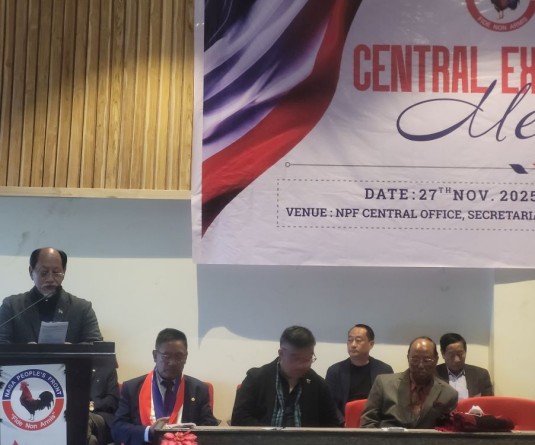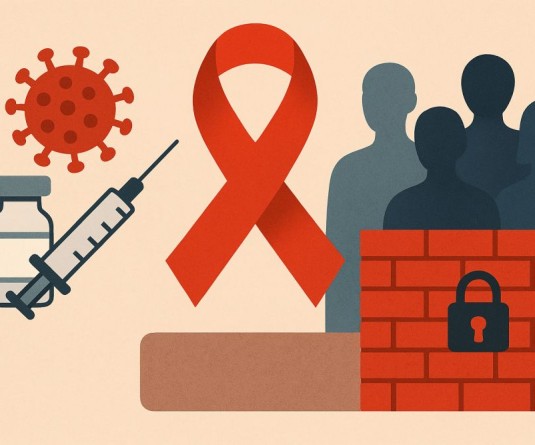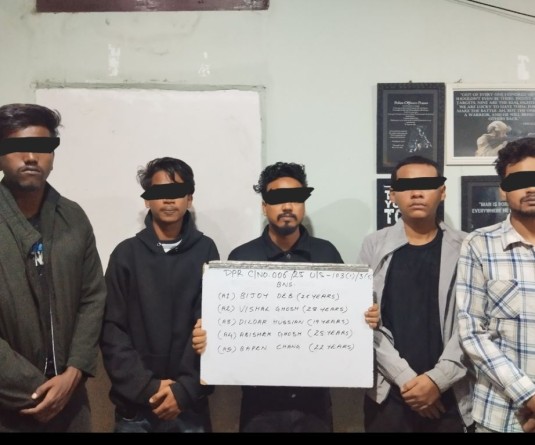Participants at the Commercial Piggery Workshop, organized by Youth Net’s ‘Impact 5000 by 18’ at the Nagaland Bamboo Resource Centre from March 18-22, 2014
Morung Express News
Dimapur | March 22
Dimapur | March 22
With the amount of pork meat consumed in Nagaland, its market value is pinned at over Rs. 200 crore annually. The daily consumer market contributes to nearly Rs. 163 crore (taken @ Rs. 170/kg), a season of weddings (only in Dimapur and Kohima) make up over Rs. 25 crore and other festivals (including church functions) make up over Rs. 78 crore. Unfortunately, it is not local pig farmers who primarily benefit from this market.
Under ‘Impact 5000 by 18’, meant to build a healthier and vibrant private sector, the Youth Net organized a Commercial Piggery Workshop from March 18-22 at the Nagaland Bamboo Resource Centre, Dimapur in order to bring some of these issues to the fore, and how, in effect, to scale up pig farming in Nagaland. Participating in the workshop were 15 local pig farmers, mostly from Dimapur, but also from Longleng and Zunheboto.
Pig farmers, over the past decade, have identified why the problem remains for local farmers despite the fact that pork is so widely consumed here—high cost of pig feed, high taxation that affects this in Nagaland and the lack of meat processing facilities. This was highlighted at a press conference marking the end of the Workshop by representatives from the Nagaland Pig Farmer’s Association (NPFA), which has a membership of 40 registered pig farmers. The maximum number of pigs bred by any of these farmers is 125. Not many can make it past a few years in pig farming in Nagaland due to pressures from the market—supply pork, however unhygienic, is available for a cheaper price. And where does one buy this local produce of pork meat from? There is no separate market space created for this in Nagaland till day.
Supply pork, on the other hand, which is available aplenty, has raised questions on its hygiene quotient. While Resource Consultant for the Workshop, Dr. Simon Ao, highlighted these issues with a thorough report, pig farmer from Zunheboto, Tukheli Aye, pointed out that “our sicknesses begin from unhygienic breeding of pork—sanitation should begin from here!” She stressed on the need for high standard (hygienic and clean) local markets and need for government subsidies. Other things required are clean slaughter house facilities, technological assistance and technical knowledge to upscale pig farms and infrastructure to expand these farms.
The possibilities for self employment here are numerous. “The positive aspect of young people taking pig farming up is that we are ready to change traditional mindsets and methods,” said Achum Ngullie, a young person who has been taking care of a piggery for nine years now. While the seniors stressed on the need for professional methods of pig farming to be taken up on priority basis, the young lot encouraged the immense prospects the field has in Nagaland.
“We request the government and allied departments to help us organize a festival for our produce,” said farmer K. Katy (also general secretary, NPFA), which will encourage local pig farmers. While suggesting educative visits outside the State, he said, “Only by learning and getting perspectives can we grow.”
“The method of rearing pigs in Nagaland is quite hygienic. Government schemes and programs need to highlight the commercial aspect of pig rearing instead of the livelihood aspect to help local producers,” suggested Dr. Simon Ao, who could then become “independent.” While there is no doubt that government intervention might be required to boost the circumstances in which local pork producers thrive, it is also essential that “farmers organize themselves,” as Program Lead for the Workshop, Abokali Jimomi highlighted. Organization could be a crucial aspect to implement the above discussions that the Workshop facilitated.






